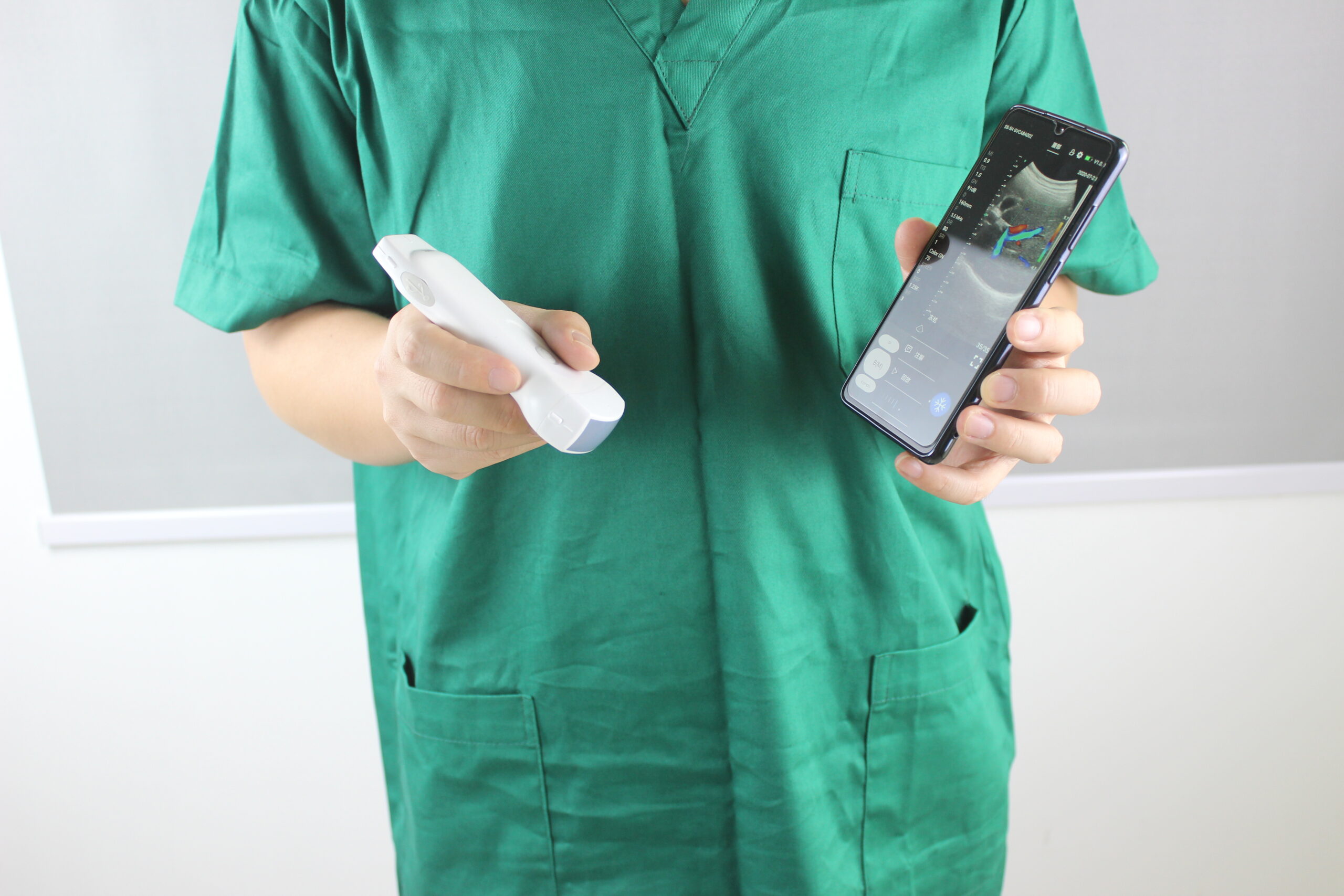When choosing a portable handheld wireless ultrasound device, it’s essential to consider various factors to ensure it meets your specific needs. Here’s a buying guide to help you make an informed decision:
1. Frequency Range:
- Different frequencies are suitable for various types of imaging. Choose a device with a versatile frequency range to accommodate different medical applications.
2. Transducer Options:
- Consider the availability and compatibility of different transducer probes. This allows flexibility for various types of scans, such as abdominal, cardiac, musculoskeletal, and vascular.
3. Wireless Connectivity:
- Ensure the device has stable and reliable wireless connectivity. Look for features like Bluetooth or Wi-Fi for seamless data transfer.
4. Battery Life:
- Check the battery life to ensure it meets your clinical needs. A longer battery life is crucial for extended use without the need for frequent recharging.
5. User Interface:
- Evaluate the user interface for ease of use. A user-friendly interface is essential, especially in fast-paced medical environments.
6. Portability:
- Consider the size and weight of the device. A lightweight and compact ultrasound device is more convenient for portability and ease of use in various settings.
7. Durability:
- Look for a device with a robust build to withstand the demands of daily clinical use. Consider features like water resistance and shock resistance.
8. Software and Updates:
- Check if the device comes with user-friendly software and the ability for future updates. Regular updates can improve functionality and address potential issues.
9. Data Storage and Sharing:
- Evaluate the capacity for data storage and the ease of sharing images and reports. Compatibility with electronic health record (EHR) systems can be beneficial.
10. Cost and Value:
- Compare the cost of the device with its features and capabilities. Consider the long-term value and return on investment.
11. Regulatory Compliance:
- Ensure that the device complies with relevant medical regulations and standards in your region.
12. Training and Support:
- Check the availability of training resources and customer support. A device with comprehensive training materials and responsive support can help users maximize its potential.
13. Reviews and Recommendations:
- Research user reviews and seek recommendations from healthcare professionals who have experience with the specific ultrasound device you are considering.
By carefully considering these factors, you can choose a portable handheld wireless ultrasound device that aligns with your clinical requirements and provides reliable and high-quality imaging capabilities.
